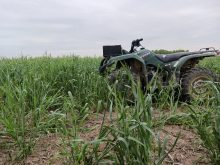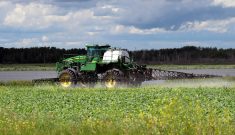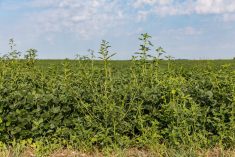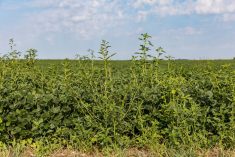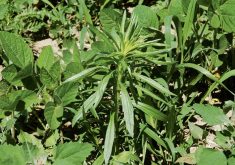Ontario Ministry of Agriculture, Food and Rural Affairs Weed Management Specialist Kristen Obeid is part of a team entering the fourth year of an initiative — funded through Agriculture and Agri-Food Canada — to genetically test weed samples from vegetable fields exhibiting herbicide resistance.
Obeid is part of a team that has developed a process for leaf sample analysis of weeds which potentially have resistance to herbicides commonly used in vegetable crops. She spoke at the Ontario Processing Vegetable Industry conference held recently in London.
Read Also
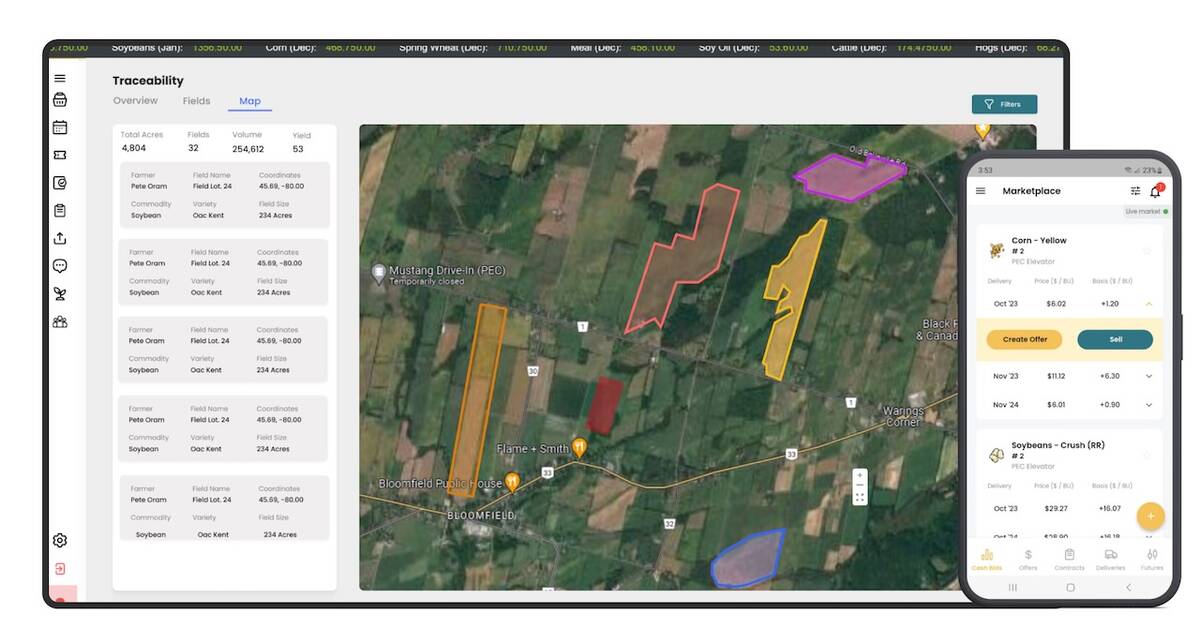
Ontario company Grain Discovery acquired by DTN
Grain Discovery, an Ontario comapny that creates software for the grain value chain, has been acquired by DTN.
“As soon as you have a miss on your field, we can take a quarter-size piece of the leaf, and we can get a DNA analysis,” she reported. “We’re getting results back in one or two days” a huge improvement over the previously-available turn-around of two weeks or more.
A benefit, Obeid says, is growers might have the opportunity to try a different control measure than they used in the previous year, rather than simply finding out after they’ve already applied herbicide that there is resistance.
And, despite concluding her talk by stating, “sometimes, I do have good news” — that a high percentage of the tests undertaken through the initiative in 2019 showed no resistance — Obeid cautioned that her team is watching a few potentially troublesome weeds very closely.
For vegetable growers, the most significant among the 21 weeds so far identified as possessing resistance in Canada, are in the amaranth/pigweed group. In 2019, herbicide-resistant waterhemp was confirmed in two vegetable fields in Ontario: one in Norfolk County and one in Elgin County. Resistance was detected to Group 2 and Group 9, as well as Group 14 in the Norfolk instance. Group 14 is concerning, Obeid suggested, because this is one of the newer active ingredients that veggie growers have available.
With waterhemp, however, don’t just assume it’s resistant. Get it tested. She even had an instance of a plant she believed was waterhemp actually turning out to be a somewhat mutated version of pigweed. “It can be confusing.”
Others to watch include large crabgrass in peas, onions (Obeid shared a photo of a crop that had been sprayed 10 times by the grower, and the onions were still difficult to discern) and other vegetable crops, redroot pigweed in celery, and fleabane in carrots. She has also tested for resistance in velvetleaf in red beets and tumble pigweed in carrots, but so far there’s no DNA confirmation.
A big threat with resistance, she explained, is that a seed bank has been established. So next time you grow that crop in that field, it will resurface. “If we do have (resistance), what are we going to do next year? We’re going to rotate to a different crop that will hopefully get that under control.” But rotate wisely. “When we rotate crops, we don’t necessarily rotate the groups of herbicides in use.”
Either way, once you get herbicide-resistant weeds, Obeid said, “you’re always going to be managing them so you don’t have an outbreak.”




